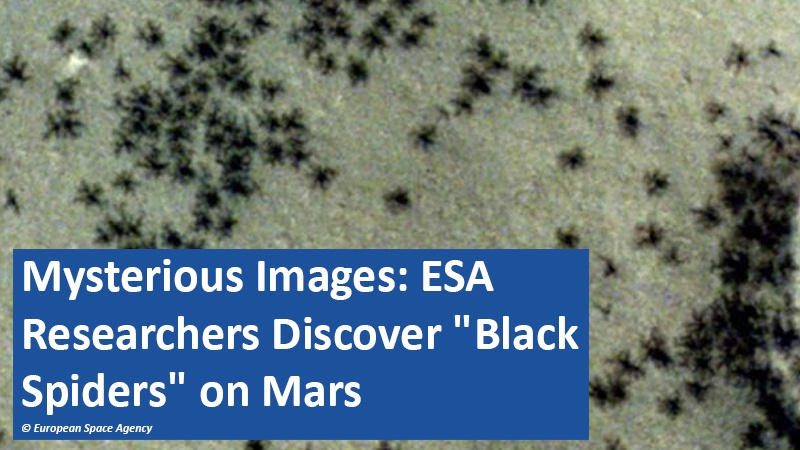
European space researchers have discovered a bizarre phenomenon on Mars: thousands of dark formations resembling giant spiders crawling across the icy surface of the Red Planet. Images from ESA’s Mars Express and ExoMars Trace Gas Orbiter probes reveal that these are not alien life forms, but rather a fascinating geological spectacle.
######################################################
Now exclusively try Amazon Prime and Prime Video free for 30 days!
##########################################################
A Seasonal Natural Phenomenon
The “spiders” are formed by seasonal changes on Mars, similar to those on Earth. In winter, carbon dioxide in the atmosphere freezes and forms a layer of dry ice on the ground. When spring temperatures rise, the dry ice sublimates, transitioning directly from solid to gas. This process repeats annually, shaping the characteristic structures on the Martian surface.
Explosive Forces Beneath the Surface
The resulting gas becomes trapped under the ice sheet, building increasing pressure. Eventually, the gas breaks through the ice with a bang, tearing dark dust from the subsurface and dispersing it in Mars’ thin atmosphere. This creates the characteristic black spots and spider-like channels that burrow into the ground beneath the ice. These channels can extend several hundred meters and form complex networks.
High-Resolution Images Reveal Details
ESA’s Mars Express and ExoMars Trace Gas Orbiter probes provide detailed images of the phenomenon. The High Resolution Stereo Camera (HRSC) aboard Mars Express captures the dark spots created by escaping gas and dust. The Colour and Stereo Surface Imaging System (CaSSIS) aboard ExoMars TGO shows the branching channels beneath the ice. These high-resolution images allow scientists to observe the development and dynamics of the “spiders” over several Martian years.
Inca City: Mysterious Structures
Particularly striking are the images from the Inca City region, a network-like system of trenches reminiscent of the ruins of an ancient civilization. However, scientists believe these are natural geological processes, possibly associated with ancient impact craters. The unique formations in Inca City offer researchers the opportunity to better understand the interactions between the Martian surface and atmosphere.
The discovery of “black spiders” on Mars is a fascinating example of the dynamic geological activity on the Red Planet. These observations underscore the importance of continuous exploration and monitoring of Mars through orbiters and rovers. As we learn more about these unique formations, new questions arise about the complex processes shaping the surface of our neighboring planet.
Could future Mars missions one day observe this spectacle live? And what other secrets does the surface of Mars hold? Share your thoughts in the comments below.
Based on content from www.dailygalaxy.com and own research.